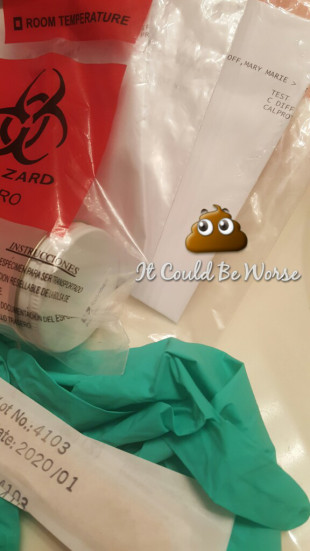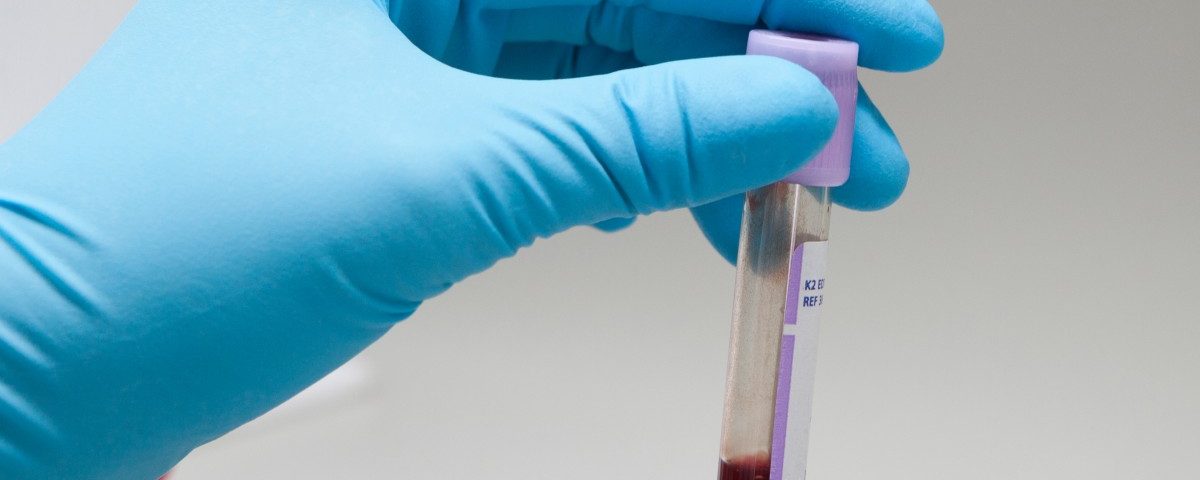Rectal bleeding with Crohn’s disease and ulcerative colitis is not uncommon, but it is never to be considered normal.
Rectal bleeding can be the first sign of serious issues, with different types of bleeding indicative of certain problems with inflammatory bowel disease (IBD). When Crohn’s or ulcerative colitis patients notice bleeding, it is important to know where the blood came from. As mentioned in previous columns, Crohn’s disease can affect a patient from head to toe, internally and externally, and inflammation can lead to an array of symptoms, including rectal bleeding.
Rectal bleeding can be defined pretty simply: It’s bleeding that comes out of your rectum. Bleeding with IBD, Crohn’s disease, or ulcerative colitis usually signifies active disease and inflammation.
Now, this bleeding does not necessarily have to come with a bowel movement, and it may not even be visible to the naked eye. Sometimes blood can go unnoticed. Often it can be bright red or dark black, depending on the source. To check for bleeding that is not visible, a fecal occult blood test is performed to search the stool for the hidden bleeding. Too much blood loss can lead to other, more severe problems such as anemia, shock, low blood pressure, fatigue, and often, hospitalization. In any case, no matter how much or insignificant the bleeding is, I always inform my doctors and gastroenterology care team.
Red bleeding — Hematochezia
- Lower GI rectal bleeding and bleeding in the colon, rectum, and lower small intestine can lead to bright red blood. Crohn’s inflammation can lead to ulcerations and internal bleeding.
- Fissures, abscesses, fistulas, and even hemorrhoids or persistent diarrhea can lead to red blood being noticed.
- Bright red blood may look like more than it is, but alerting your care team is always important. It could be something minor but it also could be something more serious.
Black bleeding — Melena
- Upper GI bleeding can lead to black bleeding, or melena, being visible.
- This jet-black bleeding means that the blood is older, hence the darker color.
- Upper GI bleeding can be due to irritation or inflammation in the upper portion of the digestive tract, meaning the stomach area.
For me, bleeding and diarrhea were the first symptoms I noticed when I began having Crohn’s disease problems. Sudden bleeding was shocking to see, so I knew I had to speak with a doctor, no matter how embarrassed I was at the time. I had no idea what the cause could be, so it was — and still is — an emergency situation in my eyes. Bleeding is never OK.
Any time I have bleeding, I call and let my GI care nurse know, and she places a note in my chart letting my GI doctor know what is happening with my Crohn’s disease. Your doctor will probably request stool samples and blood samples to monitor your body, blood levels, and nutrients.

My experiences may be different than yours, but you never can be too prepared for what could happen with Crohn’s disease or ulcerative colitis. For me, it could be worse.
***
Note: IBD News Today is strictly a news and information website about the disease. It does not provide medical advice, diagnosis, or treatment. This content is not intended to be a substitute for professional medical advice, diagnosis, or treatment. Always seek the advice of your physician or other qualified health providers with any questions you may have regarding a medical condition. Never disregard professional medical advice or delay in seeking it because of something you have read on this website. The opinions expressed in this column are not those of IBD News Today, or its parent company, BioNews Services, and are intended to spark discussion about issues pertaining to IBD.


